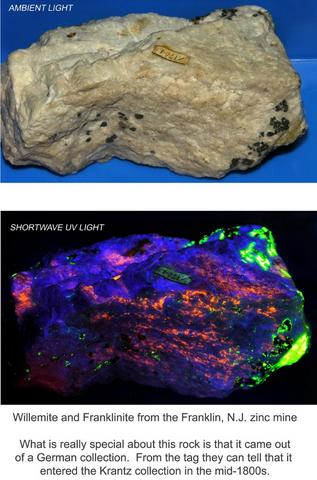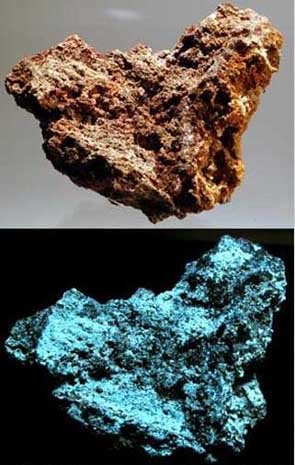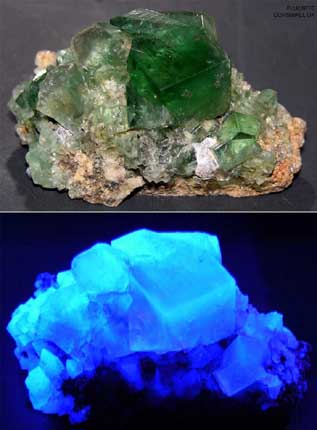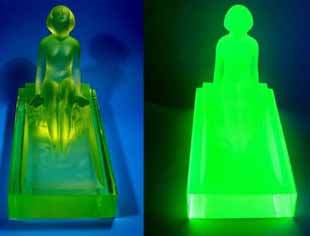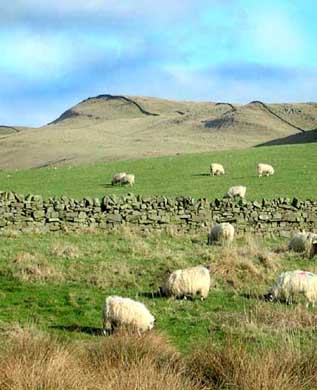Light Science & Magic
=-
I just finished reading the book called Light Science & Magic, An Introduction to Photographic Lighting" by Fil Hunter, Steven Biver, and Paul Fuqua.
-
At the moment I have about 25 books on photography sitting on the bookcase in my home office. That is only a very small fraction of the books that I’ve read on the subject over the last 50 years. Without any doubt, I learned more from this book about the essential subject of lighting than from any photographic book I have ever read.
On an entirely different subject, one little paragraph in chapter 10 got my attention.
I had a home dark room and did my own developing and printing many years ago. I come from the age where a 35 mm negative was considered really quite small. In order to enlarge to A3 or 11x14 you needed to start worrying about low grain film, i.e. ASA 64 or 32.
Nowadays most digital sensors are FAR smaller than a 35 mm negative. That is fine since most photos are viewed at about 5 x 7 or smaller. In fact many times they are viewed on a cell phone, where the screen is a little larger than a glorified postage stamp. But even really good digital SLR cameras like the Nikon D300 have what Nikon calls a DX size sensor. Although much larger than the CCD or CMOS in most point-and-shoot cameras, it is still smaller than a 35 mm negative.
So in many cases a lens acts different, thus a particular camera and lens combination is rated at it's “35 mm equivalent.” For example when I use of 200 mm telephoto lens on the Nikon D40, D80, or D300 it acts just like a 300 mm telephoto lens would when used on a 35 mm SLR camera.
A few VERY expensive digital SLR cameras are made with a full size sensor (i.e. 35 mm size) or even larger, but these are rare and are certainly not for the ordinary consumer. And even really good cameras like the Nikon D3X which has a “full size” sensor, don’t show any really significant improvement in resolution over the Nikon D300.
Well, anyway, back to chapter 10 in this really excellent book. Here is a direct quote, “Most digital cameras have much smaller sensors than the size of film they replace. The smaller image size means greater depth of field, which, in turn, means we can open the aperture further to get the same depth of field. This means a lot: just opening one f-stop potentially means carrying half the lighting equipment weight, and very often we can open several stops.”
So when my 200 mm lens is used on a full size sensor camera like the D3X, it no longer behaves like a 300 mm lens. Far more importantly, in low light conditions if one is using a 50 mm f/1.8 lens with the aperture wide open on the D40/D80/D300 you have significantly more depth of field than on the camera with a full sized sensor. Very interesting…
-
-
-
-
-
-
-
-
-
I just finished reading the book called Light Science & Magic, An Introduction to Photographic Lighting" by Fil Hunter, Steven Biver, and Paul Fuqua.
-
At the moment I have about 25 books on photography sitting on the bookcase in my home office. That is only a very small fraction of the books that I’ve read on the subject over the last 50 years. Without any doubt, I learned more from this book about the essential subject of lighting than from any photographic book I have ever read.
On an entirely different subject, one little paragraph in chapter 10 got my attention.
I had a home dark room and did my own developing and printing many years ago. I come from the age where a 35 mm negative was considered really quite small. In order to enlarge to A3 or 11x14 you needed to start worrying about low grain film, i.e. ASA 64 or 32.
Nowadays most digital sensors are FAR smaller than a 35 mm negative. That is fine since most photos are viewed at about 5 x 7 or smaller. In fact many times they are viewed on a cell phone, where the screen is a little larger than a glorified postage stamp. But even really good digital SLR cameras like the Nikon D300 have what Nikon calls a DX size sensor. Although much larger than the CCD or CMOS in most point-and-shoot cameras, it is still smaller than a 35 mm negative.
So in many cases a lens acts different, thus a particular camera and lens combination is rated at it's “35 mm equivalent.” For example when I use of 200 mm telephoto lens on the Nikon D40, D80, or D300 it acts just like a 300 mm telephoto lens would when used on a 35 mm SLR camera.
A few VERY expensive digital SLR cameras are made with a full size sensor (i.e. 35 mm size) or even larger, but these are rare and are certainly not for the ordinary consumer. And even really good cameras like the Nikon D3X which has a “full size” sensor, don’t show any really significant improvement in resolution over the Nikon D300.
Well, anyway, back to chapter 10 in this really excellent book. Here is a direct quote, “Most digital cameras have much smaller sensors than the size of film they replace. The smaller image size means greater depth of field, which, in turn, means we can open the aperture further to get the same depth of field. This means a lot: just opening one f-stop potentially means carrying half the lighting equipment weight, and very often we can open several stops.”
So when my 200 mm lens is used on a full size sensor camera like the D3X, it no longer behaves like a 300 mm lens. Far more importantly, in low light conditions if one is using a 50 mm f/1.8 lens with the aperture wide open on the D40/D80/D300 you have significantly more depth of field than on the camera with a full sized sensor. Very interesting…
-
-
-
-
-
-
-
-
-





